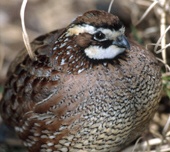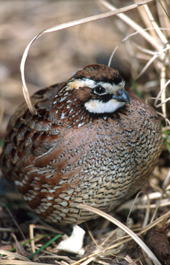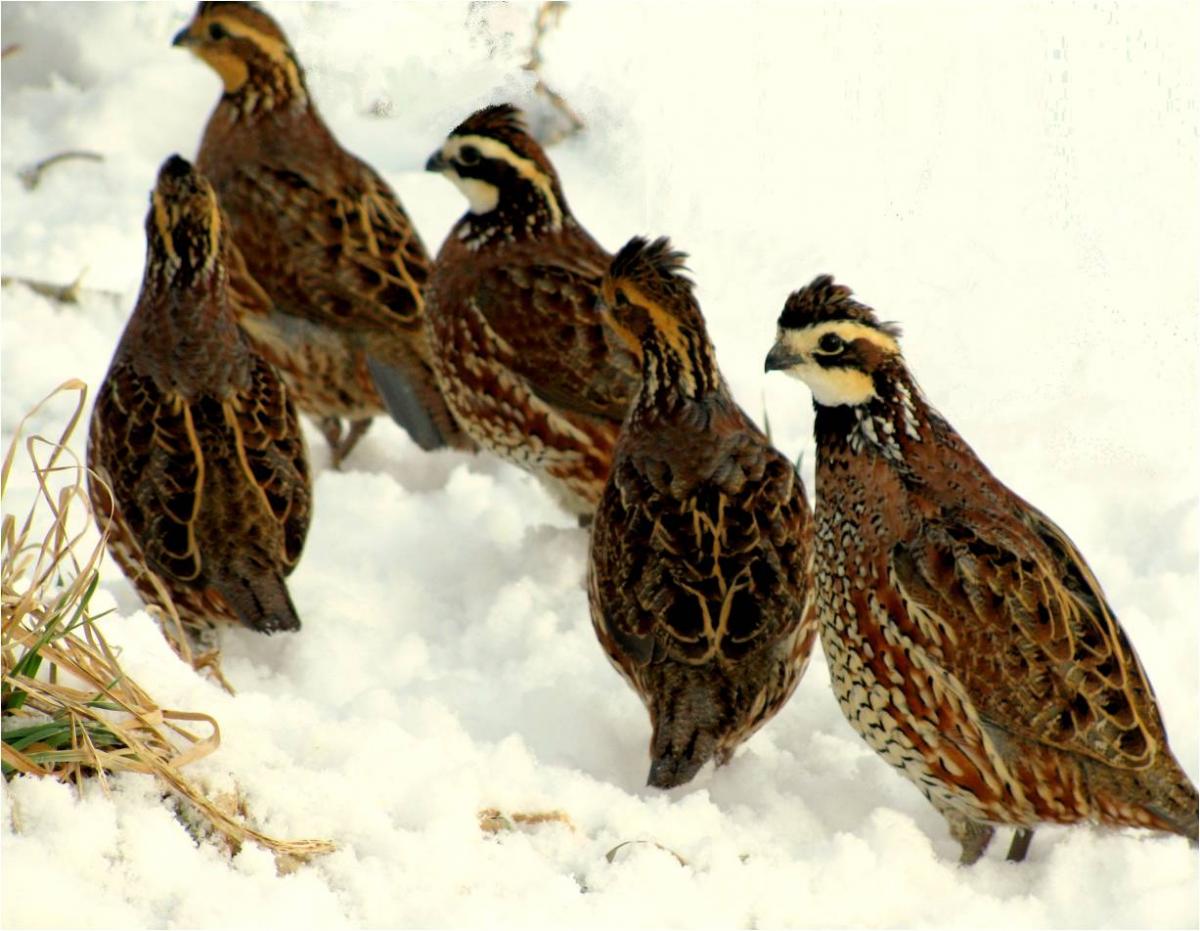New grazing concept to benefit birds and herds Deadline date Jan. 19


STAFF REPORT
POMEROY, Ohio – If you think livestock and quail don’t mix, a new concept in managed grazing may just change your mind.
USDA’s Natural Resources Conservation Service (NRCS) is now accepting applications for a unique program that focuses on establishing productive warm-season forages to improve livestock production and provide large areas of prime habitat for ground-nesting birds and other wildlife.
Ohio’s Northern Bobwhite in Grasslands project is part of a national Working Lands for Wildlife (WLFW) partnership, a collaborative approach to conserving habitat for declining species on farms and working forests. NRCS works with partners and private landowners to focus voluntary conservation efforts on working landscapes.
The Northern Bobwhite in Grasslands project is designed to help bring back the Quail farming that was once an integral part of Ohio’s pasture life. Leading researchers have documented the wildlife benefits of managed grazing on native summer forages, concluding that this approach enhances the habitat for the ground nesting birds while improving livestock weight gains.
In Ohio, the Bobwhite Quail is currently a species of concern, meaning that it appears to be in decline or in need of conservation. Bobwhites were plentiful in southern Ohio prior to the extreme winters of 1977-78 which, coupled with habitat changes due to reforestation and more intensive agriculture, have taken a toll on their populations.
“Ohio’s new project is a ‘win-win’ for producers by enabling them to continue grazing on land with installed conservation measures,” said Terry Cosby, NRCS State Conservationist in Ohio. “By replacing fescue with native grasses, participants can improve or maintain average daily weight gains, enhance soil health, and hedge against summer drought with fewer inputs.”

NRCS utilizes the Environmental Quality Incentives Program (EQIP) to offer technical and financial assistance to eligible livestock producers to implement conservation practices to address habitat loss without taking their land out of production. NRCS will conduct targeted restoration activities with a focus on 30 southern and southwestern Ohio counties including Meigs and Gallia counties and all neighboring counties including Athens, Vinton, Jackson and Lawrence.
All NRCS financial assistance programs are offered in a continuous sign-up; however, to be considered for Northern Bobwhite in Grasslands funding, applications must be received by Jan. 19, 2018.
To learn more about technical and financial assistance available through NRCS conservation programs, visit your local USDA Service Center. In Meigs County contact Carrie Crislip, NRCS district conservationist at 740-992-4282.








